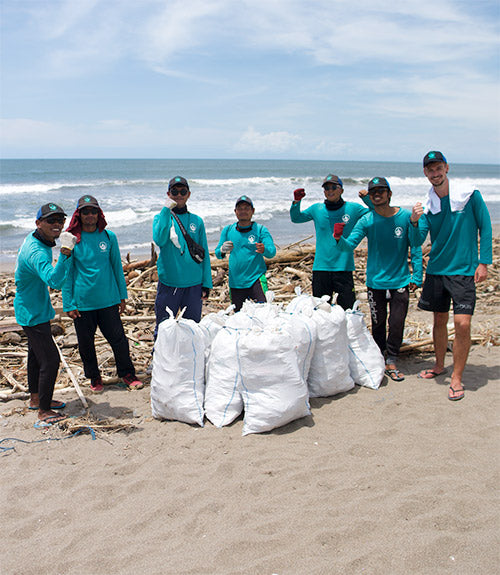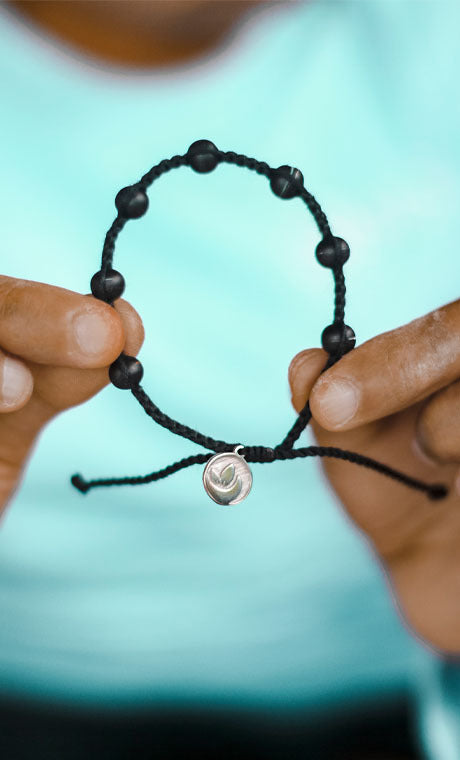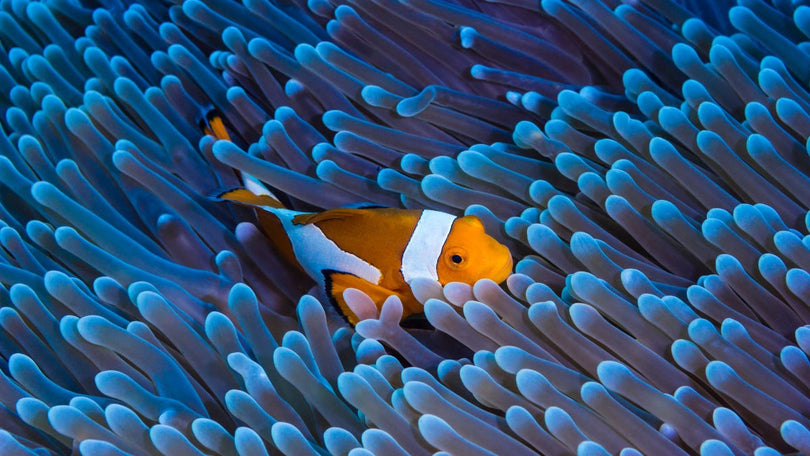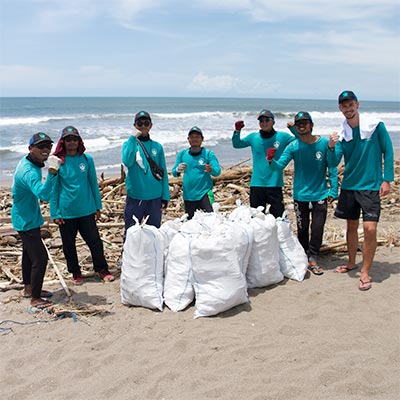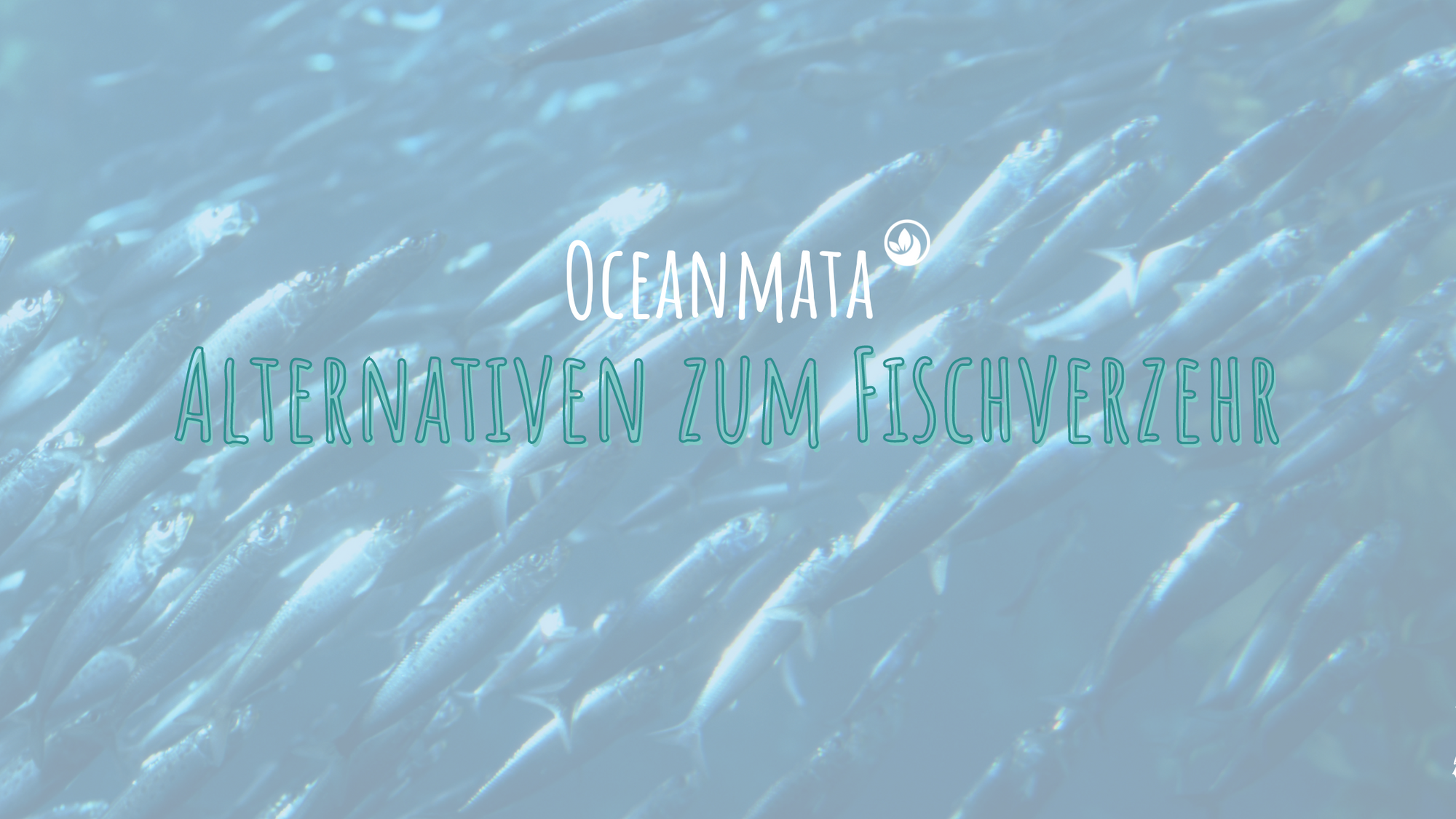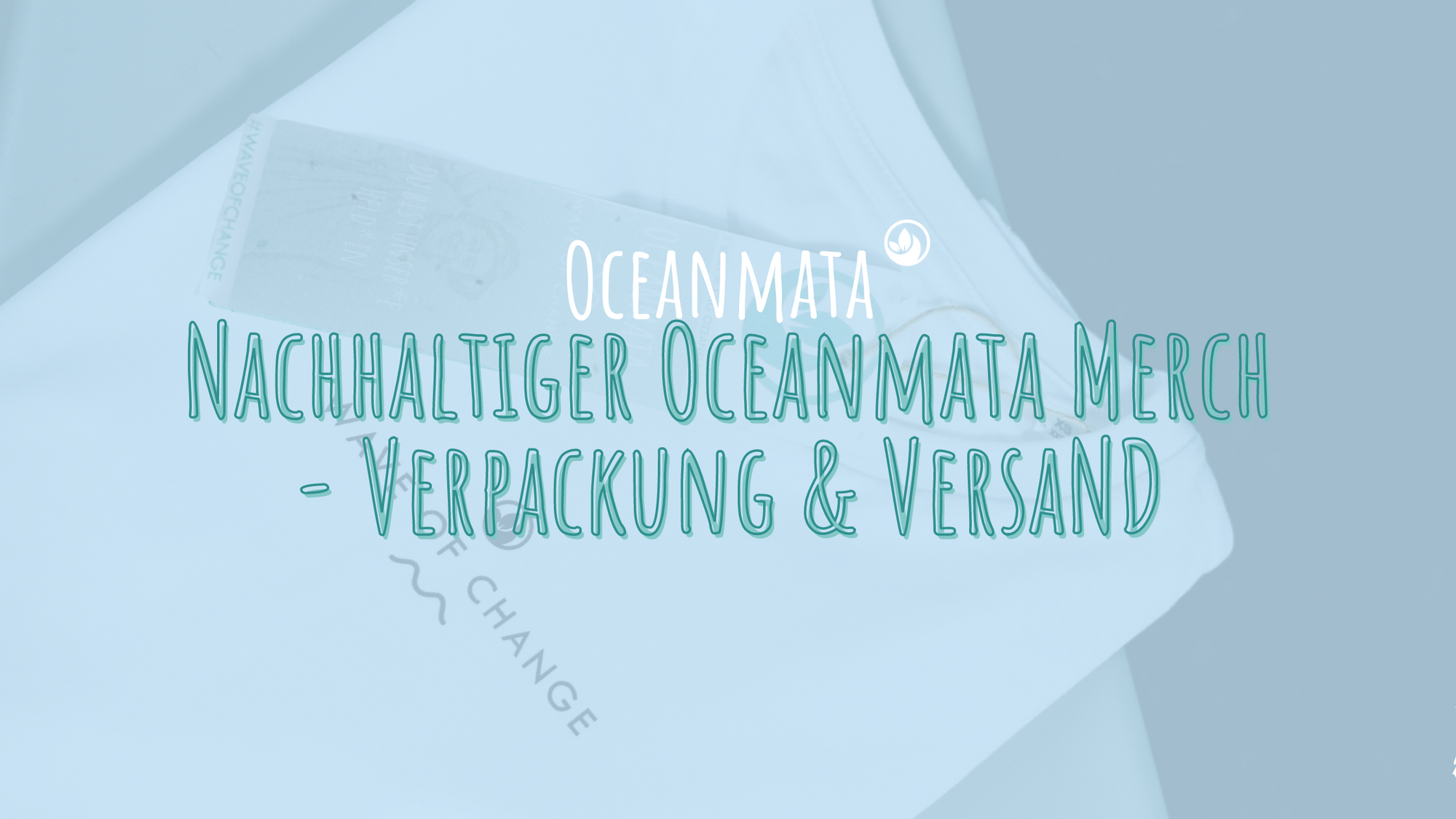
Together with Oceanmata we are committed to Plastic-free oceans . Our goal is to make a difference with your help and, starting in Bali, to sustainably clean beaches and oceans. That is why we must think about the connection between Fishing and plastic pollution of the oceans which is also illustrated in Seaspiracy.
Not only in many coastal regions and beaches can you see garbage that has been industrial fishing If you take a look at the so-called Pacific garbage patch , it becomes clear how serious the consequences of fishing really are in terms of marine litter.
Why?
The world’s largest garbage patch is located between California and Hawaii and has now grown to a size that is approximately the size of Area of Central Europe (and the trend is rising daily). Around 80,000 tons of plastic make up the whirlpool.
A closer look at the composition of this gigantic garbage dump in the middle of the ocean reveals that industrial fishing plays a significant role in the garbage patch. 46% of the Pacific garbage patch consists of Fishing nets, which in turn are made of plastic .

fishing nets are the hunting instruments the fisherman – so what happens when they wander uncontrollably in the sea? They catch animals, of course. Turtles and other Marine animals get caught in these networks and usually die painfully. Larger animals such as whales These can also swallowed . So it's not surprising that these same nets often appear in the stomachs of stranded whales.
But also Longlines, buoys and other debris from fishing boats Carelessly discarded or blown off boats in storms, it ends up in the ocean and causes damage. Because every type of plastic waste eventually turns into microplastics over time. Even if, for example, 92% of the garbage on the Pacific garbage patch consists of larger plastic pieces exist, these too will eventually decompose into micro-parts, which then make their way unhindered into the smallest living beings and thus eventually reach us.
The role of dolphins and whales
We are committed to our Dolphin Edition already one for the Protection of dolphins and support with your purchase the Dolphin Project and your project at the Umah Lumbah Center in Bali. Founder Ric O'Barry also speaks in Seaspiracy and highlights the seriousness of the situation. What do dolphins and whales have to do with fishing, you ask? This becomes clear right at the beginning of Seaspiracy, when the film crew sets off for Japan .
In 2019, Japan officially confirmed that it would resume whaling . Whaling has been officially banned internationally since 1986. However, this ban is ignored by some countries, including Japan. 700 whales and dolphins are in southern Japan deliberately killed annually . More captured. Ric O'Barry makes it clear that it's extremely dangerous to report in this exact location, as the government, the fishermen, and the mafia won't allow it. Of course, there's a lot of money involved.
This didn't deter the producers of Seaspiracy - and so you get a stark insight into what happens in this place.
Why are the dolphins killed or captured?
The marine park industry
The marine park industry directly supports dolphin and whale hunters. Have you ever wondered where the dolphins and whales in the parks actually come from? From the ocean, of course. The animals are disturbed by high-pitched underwater noises, thus disrupting their sense of direction. They flee toward the bays where they are then captured or killed.
A Dolphin/Whale will be available for up to 150,000 euros sold to water parks. If it is a rare albino, this price can quickly rise to 500,000 euros increase. A business that is therefore worthwhile.
As happened with Johnny, Rocky, and Rambo , whom the Dolphin Project took on to enable them to live again in their natural habitat. Thanks to the Dolphin Project at the Umah Lumbah Center in Bali, they are now recovering from their horrific experiences in captivity.
Unfortunately, as already mentioned, not only dolphins and whales are captured and sold, but many are killed. For every animal captured, approximately 15 are killed . Between 2000 and 2016, approximately 173,662 dolphins and whales were killed in Japan alone. But why? Isn't there a large market for dolphin meat?
Dolphins and whales as enemies of fishermen
The first thought is usually "because of the meat." But as already mentioned, the demand for dolphin or whale meat is not high - and for good reason. Because the animals' meat is considered highly contaminated . The limits for mercury are exceeded to a large extent, for example - which also has consequences for humans when consumed, as the heavy metal accumulates in their bodies.
The meat is only eaten in countries where the animals inevitably die as bycatch in fishing, and the fishermen cannot afford to simply throw them overboard. Often, the animals are then eaten due to starvation.
But what is the reason for the mass killing of marine animals in Taiji, Japan, for example?
Quite simply: Fishermen consider whales and dolphins to be pests because they eat their capital, the fish. Therefore, the animals are decimated for economic reasons.
The tuna business
With 42 billion dollars per year the business is with all kinds of Tuna A lucrative business. Hyped by fitness and nutrition gurus as a low-fat source of protein, tuna often ends up on our plates or pizzas.
Tuna stocks are shrinking. Tuna meat is sold from Japan all over the world, as fish consumption has grown faster than any other food consumption in the last 20 years. Fish is considered a high-quality food, often a healthy alternative to conventional land-based meat.
The German Foundation for Marine Conservation has already placed the red tuna on the red list of the endangered animal species Over the past 30 years, the bluefin tuna population has collapsed to such an extent that only about 10% of the original stocks remain. This represents a 90% decline over the past 30 years.
If the sea dies, we die
"Seaspiracy" contains so much information that one blog post isn't enough to cover it all. We therefore encourage you to take the time and invest two hours to explore Ali Tabrizi's valuable work.
In summary, the documentary makes it clear that no one can say how long it will take until our oceans are completely fished out. Indeed, so many fish are currently being taken from the sea and killed through bycatch that the natural populations of many marine species have either already disappeared or are close to extinction.
➡️ Approximately 80 million tons of marine fish are caught worldwide in one year
➡️ Around 38.5 million tons of bycatch are accepted for this purpose (i.e. innocent marine creatures are killed).
➡️ Today, each person eats an average of 19.2 kg of fish per year – about twice as much as 50 years ago.
➡️ Illegal fishing makes according to estimates 11 to 26 million tons or between 12 and 28 percent of global fish catches.

But what does the death of the oceans have to do with us?
It's quite simple. Every species living in the sea needs the others for survival. Everything is interconnected. If you remove one link from the chain, the entire cycle is disrupted, and the other creatures can't survive in the long run either.
Each marine animal also contributes to the balance of chemistry in the ocean and the Earth's atmosphere.
When there are no more fish, there is also less water movement in the ocean. The cold currents no longer mix sufficiently with the warm ones, and the seas become warmer. The oceans influence the climate more than we previously thought.
Fish and other marine life absorb and bind carbon. Most important at this point are the marine plants ! You can up to 20 times more carbon absorb more than the plants on land!
Almost 93% of the world's CO2 is stored in our oceans.
Marine ecosystems are severely damaged even without the removal of fish - for example, by the huge fishing nets that damage the soil.
Let’s come to the final question: what can you do?
The answer to the question presented by Seaspiracy is to abstain from eating any fish and thus no longer support the massive fishing industry. Radical and effective.
We think it's important to talk about this topic. Talk to your family, friends, or colleagues about it and spread the word about what Seaspiracy has given us. It's time to raise awareness and stop looking the other way if we want to live happily on this planet for decades to come.
We are also happy about your support for, for example, the Dolphin Project , the Turtle Foundation or if you simply want to become part of the Wave of Change movement will.
Thank you for taking the time to read the article.
Feel free to share your thoughts on this topic in the comments of this article. We welcome any exchange on this topic. If you would like to, please sign up now for the Blog Newsletter to regularly update new Oceanmata projects to be informed - Because pssst...there are still a few more to come this year!



